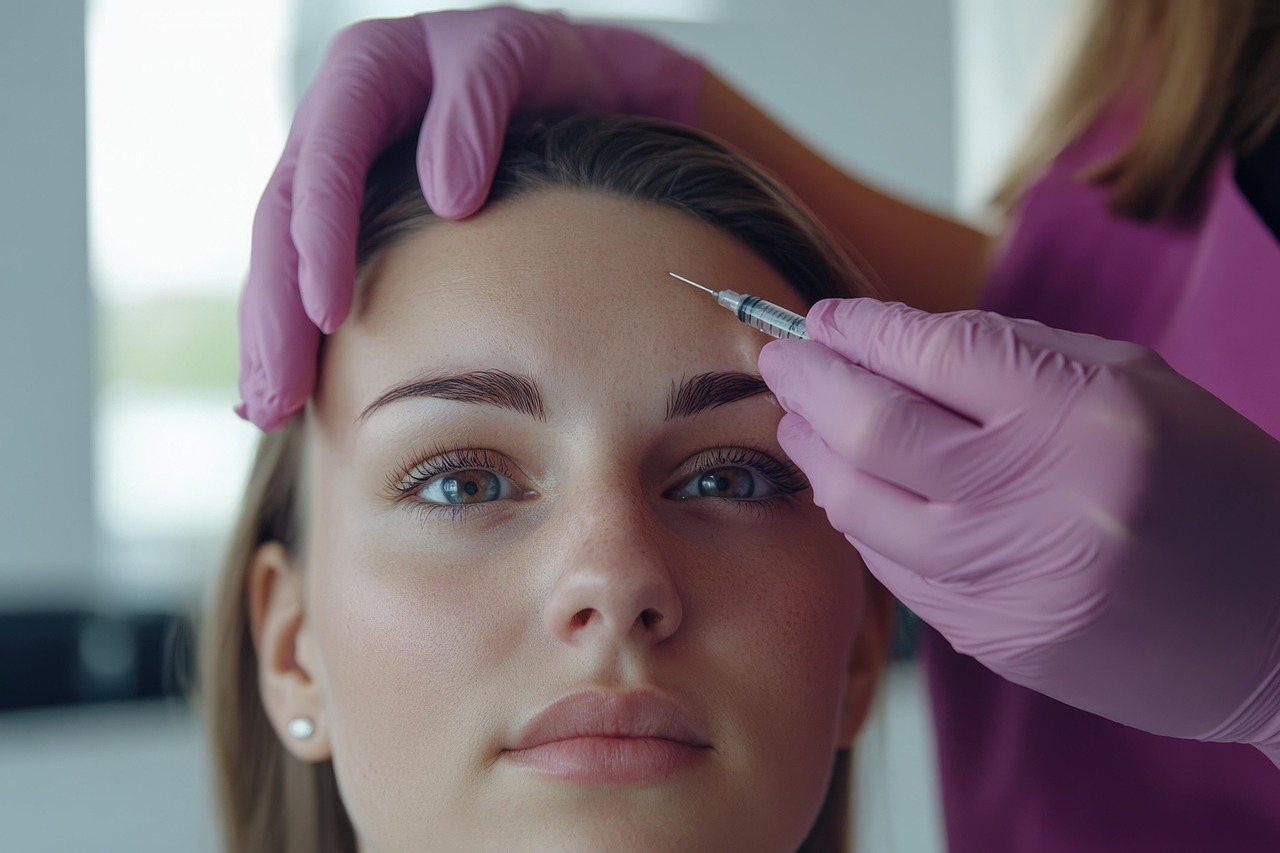Overview of Botox Services in Tokyo Medical Settings
Understanding Botox-related treatments in Tokyo involves several considerations. These may include: – Clinic background and available public reviews – Medical licensing and training of providers – General safety protocols and known side effect profiles Pre-treatment discussions are often used to clarify expectations and medical suitability.

Understanding Botox Procedures in Tokyo Clinics
Botox (Botulinum toxin) treatments in Tokyo medical settings typically follow international standards while incorporating Japanese aesthetic preferences. Most Tokyo clinics offer Botox for common applications including forehead lines, crow’s feet, and glabellar lines (frown lines between eyebrows). Japanese clinics often emphasize natural-looking results with subtle changes rather than dramatic transformations. The procedure itself remains consistent - a purified protein is injected into specific muscles to temporarily reduce their activity, smoothing overlying skin.
Many Tokyo clinics also offer specialized Botox applications beyond standard cosmetic uses, including treatment for hyperhidrosis (excessive sweating), bruxism (teeth grinding), and masseter reduction for facial slimming. These specialized treatments have gained particular popularity in Tokyo’s aesthetic medicine community, reflecting local beauty preferences for oval or V-shaped facial contours.
Essential Points for Botox Procedure Planning
When planning a Botox procedure in Tokyo, several preparation factors warrant consideration. First, timing is important - most practitioners recommend scheduling treatments at least two weeks before any major social events to allow time for the full effect to appear and any potential bruising to subside. Tokyo clinics typically recommend maintenance treatments every 3-4 months, though individual results may vary.
Communication expectations also differ in Japanese medical settings. Consultation appointments may be shorter than in Western countries, and detailed questions are best prepared in advance. Many Tokyo clinics catering to international patients offer English-speaking staff or translation services, though availability varies significantly between facilities. Additionally, photographing is often prohibited in Japanese medical settings, so patients should request before/after photos during consultation if desired.
Key Aspects When Reviewing Medical Botox Providers
When evaluating potential Botox providers in Tokyo, several critical factors should guide your selection process. First, verify the practitioner’s credentials and training. In Japan, physicians with specialized training in dermatology or plastic surgery typically provide the most reliable Botox treatments. Look for board certifications or membership in Japanese medical societies such as the Japan Society of Aesthetic Plastic Surgery (JSAPS) or the Japanese Dermatological Association.
Clinic reputation matters significantly in Tokyo’s medical community. Review platforms like Google reviews or RateMD can provide insights, though reviews in Japanese may be more numerous than English ones. Japanese-specific review sites like “Beauty Clinic Ranking” (美容クリニックランキング) offer detailed feedback, though translation may be necessary.
Safety protocols should also be thoroughly examined. Quality providers will conduct comprehensive medical history reviews, clearly explain potential side effects, and maintain sterile environments. They should also discuss realistic expectations and potential limitations of treatment outcomes based on individual facial anatomy.
Navigating Tokyo’s Botox Treatment Landscape
Tokyo’s Botox providers span from high-end medical clinics in Ginza and Roppongi to more affordable options in areas like Shinjuku and Ikebukuro. The treatment approach often varies by location and target clientele. Clinics frequented by Japanese celebrities typically emphasize subtle, natural-looking results with specialized techniques, while international-focused clinics may offer more familiar treatment protocols for foreign patients.
Most reputable Tokyo clinics use FDA and Japan-approved Botox products from established manufacturers like Allergan. However, always verify the specific product used, as some clinics may use alternative neurotoxins. Treatment sessions in Tokyo tend to be efficient, often lasting just 15-30 minutes for standard applications, though consultation time varies considerably between providers.
Botox Treatment Costs and Provider Comparison
Botox treatments in Tokyo generally range from moderately priced to premium, depending on the clinic’s location and reputation. Pricing typically reflects both the practitioner’s expertise and the clinic’s prestige.
| Provider | Location | Price Range (Per Area) | Special Features |
|---|---|---|---|
| Azabu Skin Clinic | Azabu-Juban | ¥20,000-¥40,000 | English-speaking staff, specialized in treating international patients |
| Tokyo Aesthetic Clinic | Ginza | ¥30,000-¥60,000 | Celebrity clientele, advanced techniques, multilingual consultation |
| Hibiya Skin Clinic | Hibiya | ¥15,000-¥30,000 | Affordable options, Japanese-speaking only |
| Plaza Clinic | Roppongi | ¥25,000-¥45,000 | Combined treatment packages, English available |
| Tokyo Beauty Clinic | Shinjuku | ¥18,000-¥35,000 | Extended evening hours, weekend appointments |
Prices, rates, or cost estimates mentioned in this article are based on the latest available information but may change over time. Independent research is advised before making financial decisions.
Post-Treatment Care and Follow-up Protocols
Post-Botox care in Tokyo clinics follows standard international guidelines with some cultural variations. Most Tokyo practitioners advise against touching the treated area, avoiding strenuous exercise, and remaining upright for 4-6 hours after treatment. Many Japanese clinics provide detailed aftercare materials, though these may be in Japanese only at some facilities.
Follow-up appointments are less common in Tokyo compared to Western practices, with many clinics operating on a “return as needed” basis rather than scheduling routine check-ins. Some higher-end Tokyo clinics offer dedicated follow-up services as part of premium packages, including post-treatment photographs and adjustment sessions if necessary.
The Tokyo aesthetic medicine community places particular emphasis on skincare regimens that complement Botox treatments, and practitioners often recommend specific products that work synergistically with neurotoxin treatments to enhance and prolong results.
This article is for informational purposes only and should not be considered medical advice. Please consult a qualified healthcare professional for personalized guidance and treatment.




